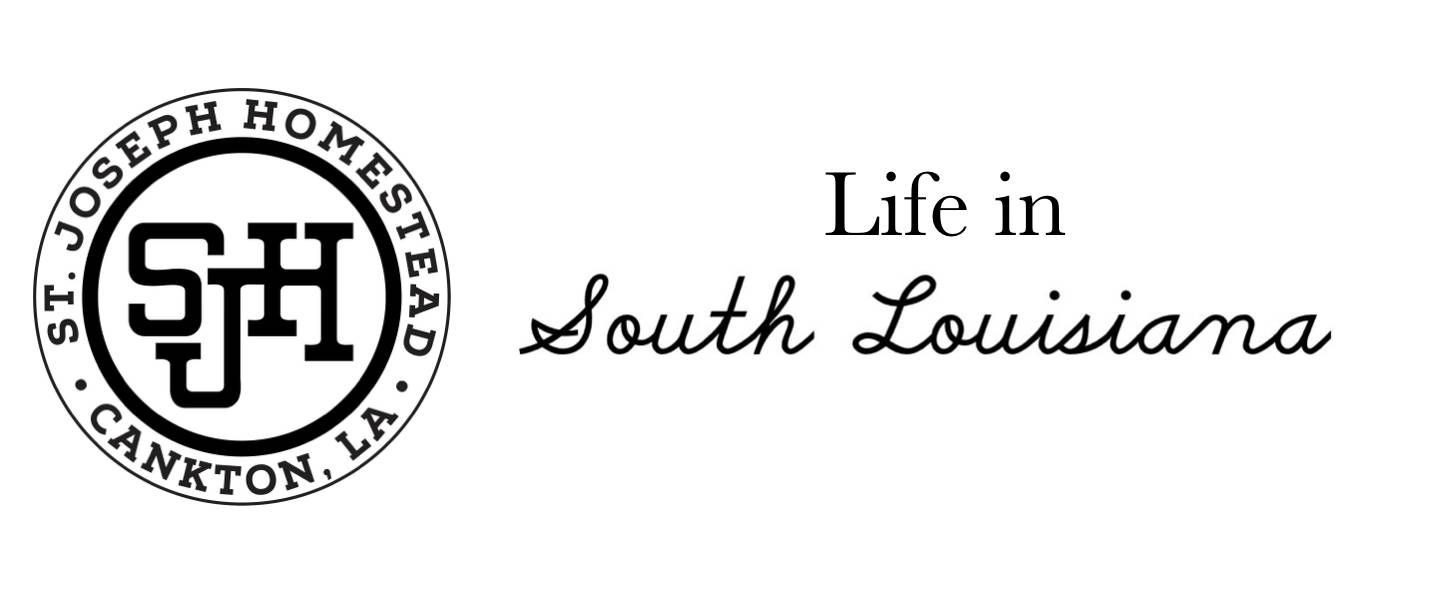
I grew up wearing sneakers. They’re the perfect shoes for city life where walking paths are always paved and grass is always manicured. I went to school wearing sneakers, played sports wearing sneakers, went on jogs and bike rides wearing sneakers, and I even kept my old pair of sneakers for cutting grass in. Dog poop was carefully sprayed off the bottom if stepped in. Chewing gum was diligently scraped off if picked up. Sometimes Dad would spray brand new white sneakers with Scotchgard to keep them cleaner longer.
Now I live on a farm. The only pavement is the slab my house is built on. Manicuring 23 acres of grass is not a top priority, and walking through it at a bedewed 5:00 a.m. means your shoes get wet, Scotchgard or no. Chicken poop is not dodge-able. Clay soil when wet grabs onto shoes until you’ve gained a full three pounds… on each foot!
For the first few years living out here I tried all kinds of shoes. Of course I started with my go-to sneakers, which clearly weren’t going to work. I needed something more durable and definitely waterproof. So then I tried several different versions of hiking boots, each one less waterproof than the previous. The soles also seemed to peel off from the top of the shoe pretty easily. It was disappointing that these didn’t work out, considering the amount of money I spent on them. At around $80 per pair, it was definitely a bigger expense than $40 sneakers.
Next I splurged on some western boots. These were a whopping $200! I had never spent that much on shoes in my life. But they were waterproof, durable, steel-toed, and actually very comfortable. Those were nice for about a year, but then they weren’t so waterproof anymore, the insoles were worn out, and the leather was getting stiff, probably from getting wet too frequently and not oiling them enough.
I tried some fancy Chaco sandals. (Blisters, too hard to get on and off, and too cold in the winter.) I wore some Muck Chore boots for a while. Getting closer… these were durable, waterproof, not overly expensive, and comfortable. But too tall for frequent crouching, kneeling, and squatting.

And finally, I found what I consider to be the perfect shoe for me — the Muckster II Low Cut Garden Boot. It’s waterproof, durable, flexible, easy to put on and take off, and relatively inexpensive.
These Mucksters and I were in boot heaven together for a couple of years. I wore them every day of the week, year round. They performed so well that I could go a full year on one pair before having to replace them. That is, until this year.
My third pair of boots seemed to fail prematurely, and not in the usual way. Instead of the grip on the outsole wearing down to perfectly smooth, this time the rubber top started cracking where the toes bend. And boy did it crack. I had holes on both sides of each shoe. What was going on? Why didn’t this happen on previous pairs?
I speculated that because of the extreme drought we’ve been in, my daily wear hardly ever got wet. The constant use without softening up with some moisture caused it to start cracking in ways it never had before.
So what was I to do? Spray them down with the hose every day? Park them in a pan of water one night per week? I was willing to put in the effort to protect my next new pair and make them last longer, but what is the best way to do that?
Then I remembered seeing a video on how to make your windshield wiper blades last literally forever by using something called rubber conditioner. The conditioner prevents them from drying out and cracking. Soak them in this substance initially for a few hours then spray it on them once a month and they will always work like new.
Maybe I could spray that stuff on my Mucksters? So I asked Google about rubber conditioner. It turns out someone has a bottle of it that is specially made for rubber boots! Just spray it onto clean boots, wipe it dry, and let sit overnight. Rubber boots will become softer and rubbery-er than ever!
I’m so glad I found this solution to cracking rubber boots so I can continue to make these Muckster garden boots my all-the-time shoes. Conditioning them about once a month should be enough to make sure that they last the full year. Hey, maybe with this kind of maintenance they will last even longer!
Do you have any rubber boots? Do you think it is worth the $15 for a bottle of conditioner? For someone who wears them regularly like myself, it seems like preventive maintenance is definitely worth it. But for the occasional boot-wearer, a reactionary approach might be better. Just having a bottle on hand and conditioning them any time you start to notice creasing around the toes (and/or ankles for high tops) might pay you back the cost of the boots every couple of years. Boots with a 10 year lifespan… who would say no to that?

Leave a Reply